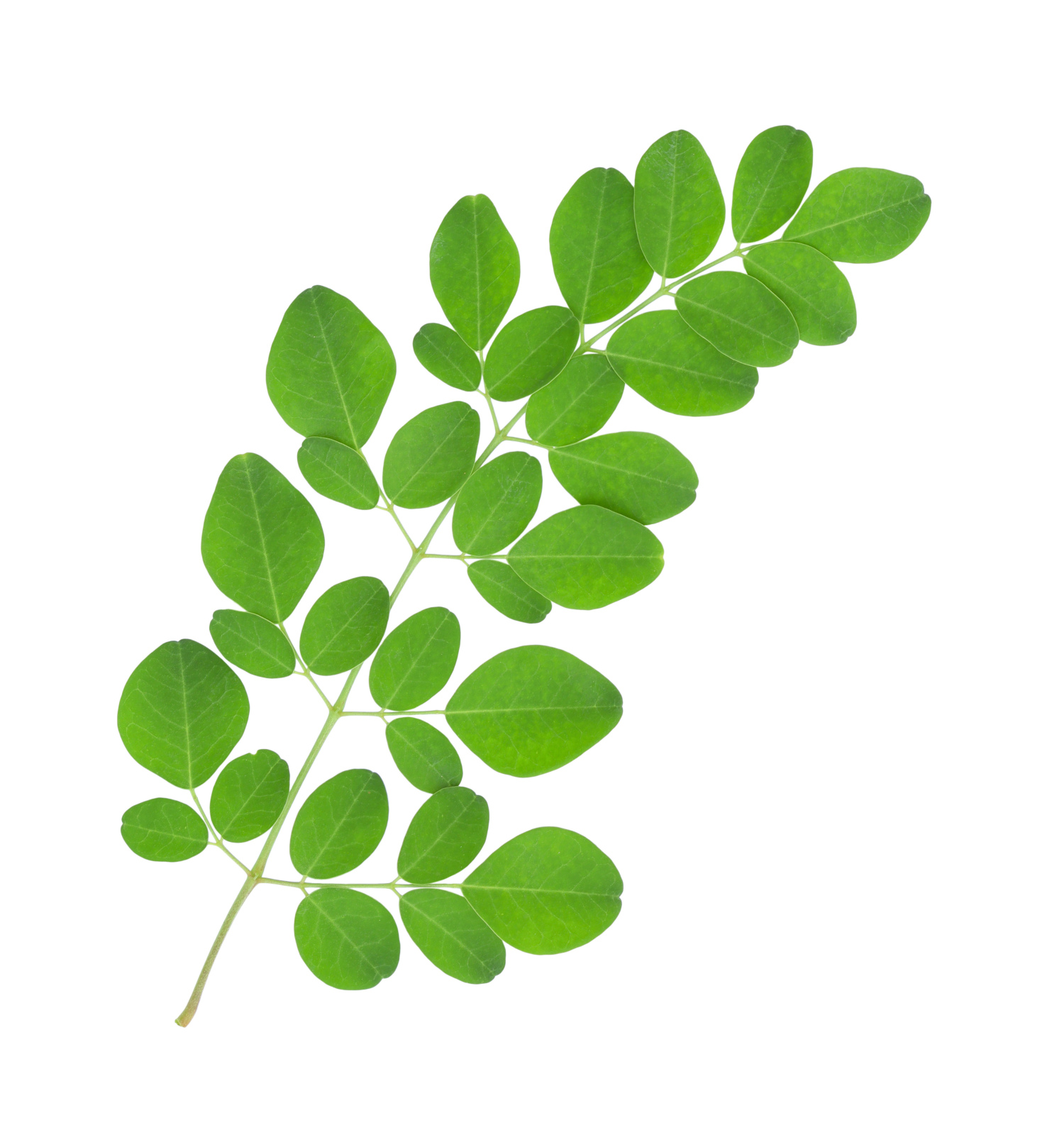|
|
www.moyoway.com |
Buy your Certified Organic |
|
|
CLICK FOR NAKED www.moyoway.com |
Moyo is an African origin word which implies that the
"heart and mind act as one to cultivate the spirit”
Moringa, Planting and Care Instructions For Moringa Seeds and Trees - Part 1
by Moringa Seeds, South Africa
Part 1 - Please be aware that these are general Guidelines and do not represent a guarantee. In our experience in Drummond and Margate (South Africa), we get a 85 to 90% germination rate but results will vary because of different conditions and methodology which are out of our control.
When planting, always ask a professional local nursery for their opinion and test on a small number of seeds before committing your entire stock.
The Moringa Oleifera tree is a fast growing, drought resistant tree producing a tuberous tap root. In the wild it ranges in height from 5 to 12 metres with a straight trunk (10 - 30 cm thick) with corky whitish bark and an open, umbrella shaped crown.
When grown in orchards, the tree is normally cut back every year or two (ratooning) and allowed to regrow to encourage vigorous leaf and pod production and so that the pods and leaves remain within arms reach.
The Moringa Tree grows best in well drained sandy or loamy soil with a slightly acid pH of 6.2 to neutral 7.0. It can tolerate poor soil including coastal areas.
It is originally from sub tropical origin but when considering whether it will grow in your area or not; the most important consideration is that the tree can be killed by continuous frost and sub zero temperatures. There are ways of minimising the effect of cold (eg. mulching) but there are no guarantees.
Never allow water to sit around the roots. This could kill the tree. This is why the trees like sandy well drained soil. Pay particular attention to this if your soil is very clayey. If you have clayey soil then you could try to grow the trees on mounds.
When transplanting your saplings (if grown in bags) we suggest transplanting when the sapling is around 60 cm tall and is bushy and strong. Only transplant your sapling when the average temperature warms up especially the evening temperatures.
The Moringa Tree enjoys full sun. Initially the seedling must be protected from strong winds. In very hot areas water them daily (just make absolutely sure that the roots are not water-logged - ie. the water must be able to drain away). If you decide to water it less just keep an eye on it; it will definitely tell you if it needs more water.
The Moringa tree will certainly benefit from the addition of compost from time to time.
The Moringa Tree grows best in Tropical and sub-tropical climates. However, it will probably grow almost anywhere so long as it is protected from frost and sub-zero temperatures. In colder climates we strongly suggest growing the Moringa Tree in a greenhouse.
In areas with light frost (but not sub-zero temperatures) a simple plastic box (eg. a wooden frame with a plastic cover) should protect it adequately. Since you will most likely prune the tree to a manageable size (pruning is actually essential) a box with a wooden frame (1.5 m X 1.5m X 1.5m) covered with transparent plastic is easy to construct.
The tree will still most likely lose it's leaves since the Moringa loses it's leaves when the average temperature drops below 70 degrees Fahrenheit (21 degrees Celsius) but it will always resprout new leaves in Spring.
In areas where the Moringa is deciduous (ie. drops it's leaves in Winter) only water the tree every week or two (when it has no leaves) depending on the prevailing temperatures and air dryness.
The Moringa Tree is a very hardy tree and will generally only be killed when it freezes and/or is exposed to continuous frost. In colder climates make sure the tree is well-mulched to protect the root ball from the cold -- a well mulched tree can even survive a severe frost - the tree may even freeze down to the ground level but can survive and will grow new shoots from the ground in Spring.
However, we don't recommend that you leave the tree uncovered (ie. a green house or other form of cover) in areas with frost and freezing temperatures since their is still a great risk of the tree dying. In climates that do experience freezes and frost it may be possible to cut the tree down to the last foot or so and completely cover with mulch material.
There is a good chance (but no guarantee) of the tree surviving that way. Also, the Moringa Tree is adaptogenic which means that the seed produced in every successive generation will be better suited for the climate in which the tree lives.
The main reason for the Moringa Tree's hardiness is the fact that it has a tubular taproot. This is where it stores all it energy. If you feel at the base of the stem, just below the surface of the soil, you will feel a 'ball'. So long as this 'ball' is firm (not soft) your Moringa Tree is alive and well. This 'ball' actually gets incredibly large as the tree gets older.
Another way to protect the tree is to plant it in pots. In fact, the Moringa Tree has a tuberous tap root which is well suited to potting. The Tree can then be kept outdoors during Spring and Summer and be brought indoors to a warm sunny spot when it gets cold. If you decide to keep the tree permanently in a pot then make sure that the pot is at least 45 cm deep.
Pruning the Moringa Tree is very important to ensure a dense bushy Tree with the leaves and pods easily accessible.
Please follow the Pruning Instructions below or consult an experienced Nursery person
Please note that the lengths used are only examples and may not match your tree exactly. Also keep in mind that pruning is not an exact science and that the Moringa Tree (as well as most other trees) are very forgiving of any mistakes.
When the seedlings reach a height of 60 cm, pinch the terminal growing tip 10cm from the top. Since the terminal tip is very tender this can be done using fingers. Of course a shears can also be used. You will notice secondary branches appearing on the main stem about a week later.
When they reach a length of 20cm, cut them back to 10cm. Use a sharp blade or shears to make a slanting cut. Tertiary branches will appear. Pinch these in the same way.
This will encourage the tree to become bushy and produce many pods within easy reach. If pinching is not done then the tree has a tendency to shoot up vertically and grow tall with sparse flowers and few fruits found only at the very top.
Remove only the dead and worn out branches every year. Once every one to two years, cut the tree back to one metre from ground level and allow regrowth. This is called 'ratooning'.
Also be aware that optimum fruit production will occur between 2 and 4 years depending on prevailing conditions. It is a good idea to plant cuttings and seeds on a regular basis to ensure that you always have trees that are in their optimal stage.
These are only estimate times and will vary from place to place.
Various Planting Methods
1. How to grow the seed in the ground
Click here to continue reading Part 2/2



